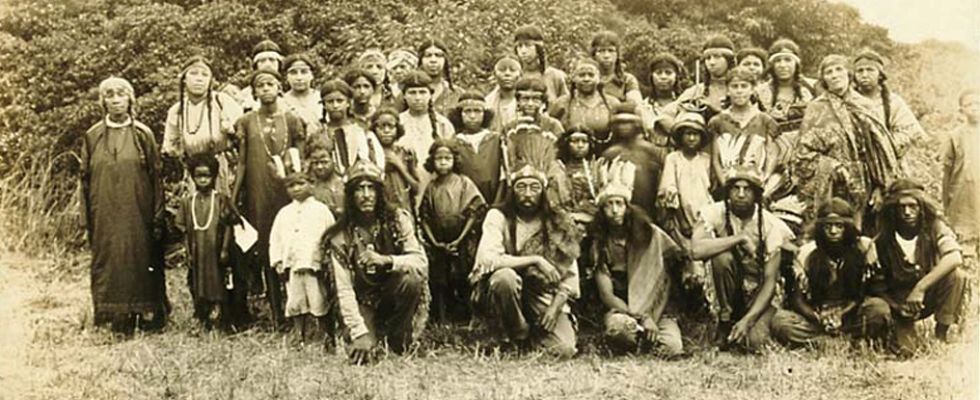The Shinnecock tribe was a Northeastern Indian Tribe located on Long Island and was among 13 other Indian tribes in the area. Although they shared similar languages, kinship, and even relations with the other tribes, the people remained decentralized.
They were subject to the more powerful tribes of the Pequot and Narragansett, who were located within the area of New England.
The Shinnecock were also known for the production of wampum, which was a form of currency.
History of the Shinnecock Tribe
The Shinnecock tribe had their first contact with the British at approximately 1640, and like many Native Americans that had the first contact with the Europeans, they succumbed to many diseases that would obliterate their population. This was due to having no natural immunity to diseases carried by Europeans.
After the American Revolutionary War, a number of Shinnecock left Long Island to join the Brothertown Indians in western New York, where the Oneida people gave them some land on their reservation.
On Long Island, some Shinnecock intermarried with local colonists and African-American slaves who worked on farms and as craftsmen.
They often reared their children as Shinnecock, maintaining their identity and culture.

Wampum
The Shinnecock tribe is very closely tied to wampum. In the early 1600s, the first recorded European reference to Long Island Indians comes from Dutch official Isaack de Rasieres. He described Long Island as,
three to four leagues broad, and it has several creeks and bays, where many savages dwell, who support themselves by planting maize and making wampum and who are called… Shinnecock.
The Long Island Indians are generally thought to be the largest producers of wampum in the colonial era, with much of it being paid as tribute to larger or more powerful tribes.
As wampum manufacturing grew during the 1600s, it became an official currency of the colonies until the early 18th century, and it was the primary currency used in the fur trade of the time.
The need for wampum was so great that the Shinnecock and other Long Island Indians were included in the 1664 free trade treaty of Fort Albany as a means to secure unrestricted wampum from the Indians.
The Shinnecock and neighboring Long Island tribes were keen to secure their access to the resource through treaties. In 1648, the Shinnecock, Montauk, Manhasset, and Corchaug tribes sold land that would become the Town of East Hampton, New York. The treaty states, “(the tribes) reserve liberty to fish in all convenient places, for Shells to make wampum.”
Evidence of Shinnecock's influence on the industry can still be seen today. A bull rake is a large clam-harvesting tool created in the mid-1800s. It also goes by the name of a “Shinnecock rake.”
